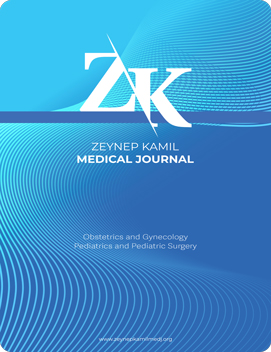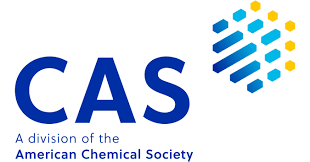Quick Search
Short-term outcomes of mini-sling: A minimally invasive technique in the surgical treatment of female stress urinary incontinence
Reyyan Gökçen İşcan1, Nurettin Aka2, Gültekin Köse3, Ertuğrul Can Tüfekçi3, Enis Özkaya11Department of Obstetrics and Gynecology, University of Health Sciences, Turkey. Istanbul Zeynep Kamil Maternity and Childrens Diseases Health Training and Research Center, Istanbul, Turkey2Kirklareli University, Vice Rector, Kirklareli, Turkey
3Department of Obstetrics and Gynecology, Haydarpasa Numune Training and Research Hospital, Istanbul, Turkey
INTRODUCTION: We aim to present the short-term outcomes of the single-incision mini-sling, an anti-incontinence procedure, as a prospective evaluation by analyzing success rates and complications.
METHODS: Between April 2013 and October 2013, in the Department of Obstetrics and Gynecology, Haydarpaşa Numune Training and Research Hospital, thirty patients diagnosed with stress urinary incontinence/mixed urinary incontinence and operated on using the mini-sling technique were included in this prospective cohort study. Following this procedure, this patient group was evaluated in terms of early complications, quality of life, and symptoms. Demographic characteristics, examination findings, frequency of pad use, and perioperative data were recorded. Objective success was evaluated with the cough stress test. Patient Global Impression of Improvement (PGI-I), Urinary Distress Inventory (UDI-6), and Incontinence Impact Questionnaire (IIQ-7) were used to assess subjective success and patient satisfaction.
RESULTS: The mean age of the patients was 49.73±6.90 years, and the mean parity was 3.37±1.61. Patients diagnosed with MUI comprised 46.7% (n=14), while 53.3% (n=16) had SUI. The mean operation time was 15.97±5.55 minutes. No perioperative complications were encountered in any of the patients. The subjective success rate was 90%, and the objective success rate was 80% in the 1st and 3rd postoperative months. Significant improvement was observed in the IIQ-7 and UDI-6 questionnaires compared to the preoperative period. During the early postoperative period, vaginal mesh exposure was detected in 10% (n=3) of the patients, UTI in 6.7% (n=2), and leg pain in 16.7% (n=5). De novo urgency was observed in one patient at the postoperative third month, resolving with anticholinergic treatment.
DISCUSSION AND CONCLUSION: The mini-sling procedure has several advantages, including ease of learning and performance with a single incision and local anesthesia in a much shorter time, reduced hospital stay, and similar success rates to standard midurethral slings. Randomized controlled studies with long-term results are needed to prove these advantages.
Keywords: SIMS, single incision mini-sling, SMUS, standard midurethral slings, stress urinary incontinence.
Manuscript Language: English
















